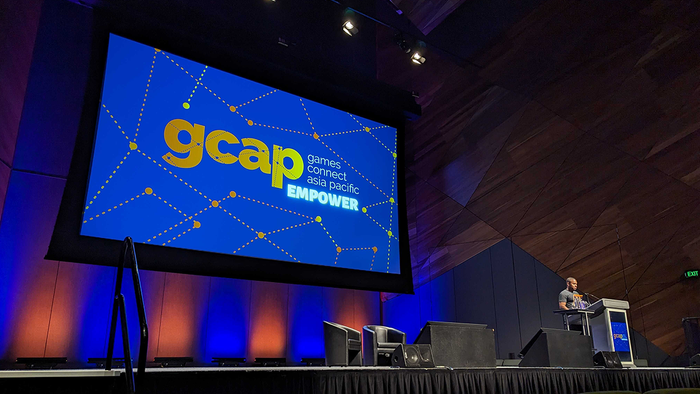Film And Game: A comparison of Mediums
A quick comparison and look at how both video games and film are able to portray narrative.

Throughout their history, video games have become more advanced than ever, and have become another medium to tell stories that can even rival film and novels themselves, with the added gimmick of intractability, which in turn can also be a detaching situation. While games are gaining traction as a story-telling medium, they are also being limited by the fact that they primarily focus on gameplay, rather than the story within the game (which is not necessarily a bad thing, just an observation). Previously, almost all attention was focused on creating gameplay for video games, making them fun to play, and almost disregarding the narrative aspect for it. These days, while not predominantly focused on, narrative has become a large component of video games, with narrative designers coming onto the team as early as development stage. However, in order for video games to truly be classified as a medium of storytelling, they need to adopt thematic schemes from other manifestations, such as stories and film.
Video games in this sense are considered to more of an “advanced make believe” putting the applicant within a limited imagination, a world built within the developers rules, they want the player to piece together the narrative at hand, which at some points is well done, while at other points its done fairly poorly. An example of this is Mirror’s Edge, while the gameplay is quite engaging, the story feels completely separate to the game, so much so you could play the game without following the story, and your experience would not be hampered. Some games however, blend gameplay and narratives, such as character progression, quite well, such as Portal, blending the ability to make you care for the characters (such as a box) with the ability to keep an engaging experience with the play.
There are comparable design choices that both film and games use to convey narrative elements. The first that comes to mind is sound design within the mediums. This does not only encompass the soundtrack, however that is an important element none the less, having a soundtrack that fits with the narrative can be the sole way to get your theme across to the player or viewer. Using this, sometimes using less is more, such examples can include horror genres, the subtraction of sound adds to the tension, creating an uncomfortable feeling for the person. One distinct advantage video games have over film is the creation of adaptive music, music that is able to change via how the player is playing the game, such as making the song speed up if the player plays faster and vice versa.
Finally, one last element that I feel is under looked within games on a whole is cinematography. Cinematography is not only the position of a camera, but also the whole composition of the shot, or scene. Video Games are able to cheat in a much easier way than films are able to cheat, as they allow the scene to be manipulated to however the developer chooses the scene to look. Color, tone, shape, line, angles, lighting, and camera movement are all choices that reflect theme and affect how audiences feel about a character or setting. Video games that do this effectively are older fashion horror games, which are far more narrative based than newer games.
Read more about:
BlogsAbout the Author(s)
You May Also Like







